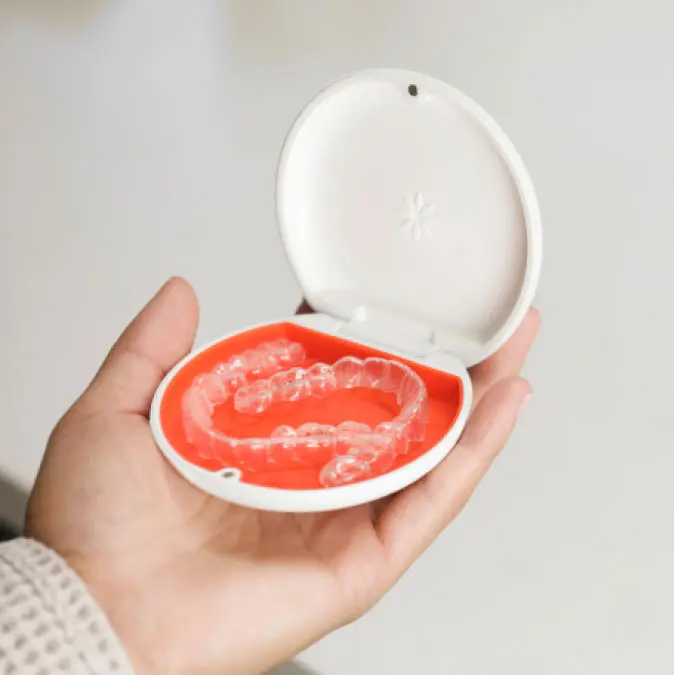
Many patients believe their smiles will require metal braces for correction. You may be surprised to learn that SureSmile, transparent aligners, can resolve many orthodontic issues. In fact, these aligners don’t just straighten crooked teeth. They can also help with poor teeth spacing, overbites, underbites, and other problems.

Missing teeth need to be replaced, not just for aesthetic reasons but for your oral health. When you lose a tooth, your other teeth may shift out of their proper position. You can even suffer from bone loss.

Dr. Jackie sees many senior patients and has vast experience in geriatric dentistry. Whether you need routine preventative care or teeth replacement options such as implants or dentures, our team has you covered with a variety of treatments. We do it all, from dentures and dental implants to cosmetic treatments and fillings.
The above are just some of the comprehensive services Smiles by Dr. Jackie provides. Whatever your situation or circumstance, Dr. O’Beirne can help you determine the best care to suit your needs. Give us a call today and schedule a visit to find out more. If you are new to our practice, take advantage of one of our New Patient Welcome Offers to help you get started on the path to healthy teeth and gums for a lifetime.
EXCELLENTTrustindex verifies that the original source of the review is Google. Great dental service and excellent on emergency clients needs Fast acting costumer request 😊 very helpfulTrustindex verifies that the original source of the review is Google. I know I’m receiving the best dental care with Dr. O’Beirne and her entire staff.Trustindex verifies that the original source of the review is Google. Heather is very good at what she does. No complaints. She is terrific! Nice seeing Dr Jackie too! Thanks!!👍Trustindex verifies that the original source of the review is Google. Office staff is always very caring and knowledgeable. We had an emergency and they were able to work is into the schedule. We really appreciate Dr. Jackie and her staff.Trustindex verifies that the original source of the review is Google. Dental cleaning with Daena. Excellent experience.Trustindex verifies that the original source of the review is Google. Dr O’Beirne and her team went above and beyond to address my needs, including correcting an unforeseen issue that was quickly resolved. They have earned my unwavering faith and confidence.Trustindex verifies that the original source of the review is Google. My experience with Dr. Jackie and all her staff is always positive. From the very competent and friendly ladies at the front desk to all her hygienists, the atmosphere is peaceful and calm and you know you're in a place that truly cares about each patient.Trustindex verifies that the original source of the review is Google. Comfortable & quick Very well informed and quick appointment Amazing, as usual! Every time I go there, nothing but friendly faces and quick serviceTrustindex verifies that the original source of the review is Google. Always friendly, timely, and most importantly, knowledgeable, with great attention to detail in all areas of what they do. We have always felt confident and comfortable with Jackie and her team. Speaking with 20 years of loyalty.